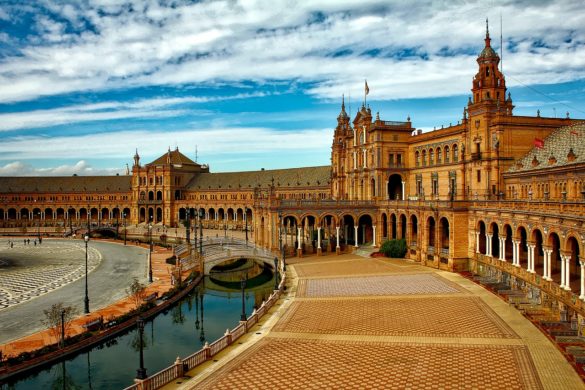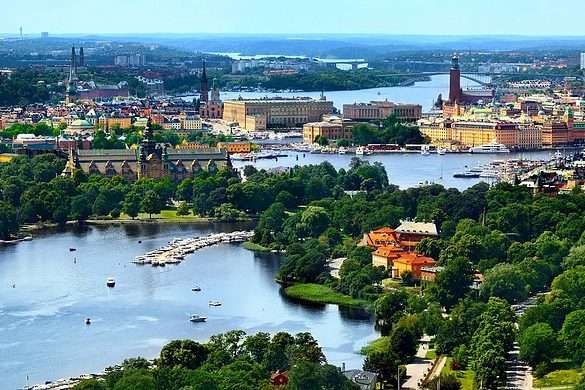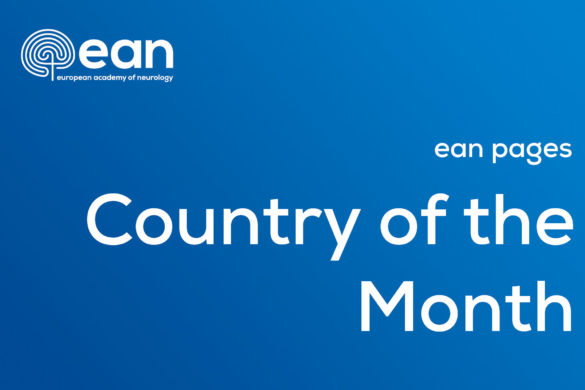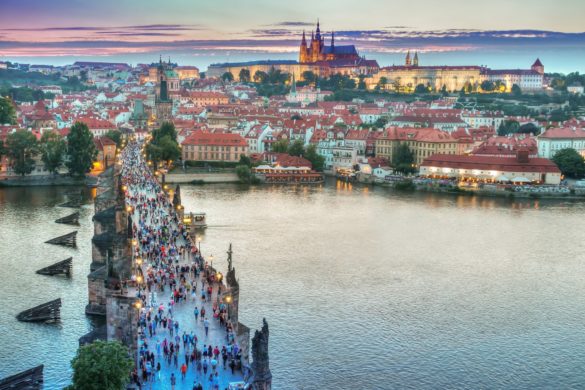Spain is the fourth-largest country in Europe, with a population of just more than 47 million, and is made up of mainland Spain, occupying the majority of the Iberian Peninsula, the Balearic islands in the Mediterranean, the cities of Ceuta and Melilla in North Africa, and the Canary Islands in the north-east Atlantic Ocean. Spain’s capital is Madrid, and the country is divided into 17 autonomous communities, which provide free, universal healthcare to all their inhabitants.
Category
Country of the Month
-
-
Country of the MonthEur J Neurol
EUROPEAN JOURNAL OF NEUROLOGY: CONTRIBUTIONS FROM SWEDISH AUTHORS
October 1, 2019Please find below recent articles from Swedish authors that have been published in the European Journal of Neurology. -
Sweden, population 10 million, is the largest of the Nordic countries. The population is concentrated to the southern large-city areas, including the capital Stockholm (population 2 million) and the cities of Gothenburg and Malmö. Geographically, Sweden is the third largest country in the EU. The northern parts of the country extend above the artic circle, but the climate is relatively mild (average temperature about 0°C in January and 21°C in July) on account of the Gulf Stream carrying warmer Caribbean water to the region.!
-
Switzerland is a beautiful country in the heart of Europe, stretching east to west from the lake of Constance to the lake of Geneva, and north to south from the river Rhine to the lago maggiore. Switzerland encompasses wonderful sceneries in the Alps, the middle lands and the Jura, which offer all kinds of outdoor activities in summer and winter, but also countless cultural events in his small but also metropolitan cities. Switzerland is a successful example that a multilingual and multicultural country can work. German, French, Italian and Roman are the national languages, and, with a population of 8.42 million inhabitants, Switzerland hosts more than 25% of foreign inhabitants from all over the world, all contributing to a beautiful, colorful and multicultural country, which regardless is deep-rooted in his traditions of independence, liberty, and direct democracy.
-
Country of the MonthTop ArticlesFeatured SliderUncategorized
Country of the Month – Italy
August 1, 2019Our cities are well known for the arts, their history , design and fashion, quality of life, and food. The Mediterranean diet was postulated to be protective against neurodegenerative diseases by Ancel Benjamin Keys (1904 - 2004), a famous American physiologist who decided to live in the Cilento, a beautiful Southern Italian area, and follow the diet himself. Finally, Italian cities are renowned for the human relationships of their inhabitants. -
Norway is located in the western and northern part of Scandinavia, and it is well known for its beautiful scenery with fjords and waterfalls along the coastline, its mountainous wilderness, and for Arctic regions with northern lights in the winter and midnight sun during the summer. Norway is one of Europe's most sparsely populated countries with 5.2 million people in a land area of 385,802 km2. The most densely populated area is around the city of Oslo in the south-east of the country. Oslo, the Norway’s capital, is the fastest-growing capital in Europe.
-
EAN NewsCountry of the Month
EUROPEAN JOURNAL OF NEUROLOGY – CONTRIBUTIONS FROM AUTHORS FROM ISRAEL
June 3, 2019Articles from authors from Israel and co-authors that were published in the European Journal of Neurology -
Israel is located on the southeastern shore of the Mediterranean Sea and the northern shore of the Red Sea. With a population of 8.7 million inhabitants, it is a liberal democracy with a parliamentary system, proportional representation, and universal suffrage. The population is highly diverse including Israeli Jews (75% of population) of varied ethnicity, Israeli Arabs (~21% of population), and a spectrum of religiosity (secular, orthodox, and Haredi- ultra-orthodox).
-
Slovenia is in southern central Europe, covering an area of 20,000 km2 with a population of approximately two million people with 163 licenced neurologists.
-
EAN NewsCountry of the MonthTop ArticlesFeatured Slider
Country of the Month: Republic of North Macedonia
April 1, 2019The Republic of North Macedonia is a country in the Balkan Peninsula in Southeast Europe. Our neighboring countries include Serbia and Kosovo to the north, Bulgaria to the east, Greece to the south, and Albania to the west. North Macedonia is a parliamentary republic with 2 million inhabitants. The capital and the largest city is Skopje. -
EAN NewsCountry of the MonthTop ArticlesFeatured Slider
Country of the month: United Kingdom
March 1, 2019The United Kingdom (UK) is noted for its diverse and varied populace with approximately 66 million people living in England, Scotland, Wales and Northern Ireland- which together make up the UK. Giants Causeway Northern Ireland The earliest place of medical training in Britain was in 1123 at St Bartholomew's Hospital and the first formal medical school was Edinburgh University in 1726. Currently, we have 33 medical schools: 25 in England, five in Scotland, two in Wales and one in Northern Ireland. There are currently 6,000 medical students who graduate each year, which will rise to 7,500 by 2025. -
The Czech Republic is situated in Central Europe and covers an area of 78,866 square kilometres. It is a unitary parliamentary republic hosting 10.6 million inhabitants. Prague is the capital and largest city with 1.3 million residents.
-
Denmark is placed in Northern Europe and is one of the three Scandinavian countries. The population is 5.7 million and Copenhagen, the capital of Denmark, is by far the largest city with a population of 1.3 million. Denmark has a total area of 42.924 km2 (16.573 sq mi).
-
Bulgaria is located in the Southeast of Europe, in the northeast part of the Balkan Peninsula, bordering the Black Sea. It occupies an area of 111,000 km² and it is a European, Balkan, Black Sea and Danube country. Bulgaria is a parliamentary republic with a population of 7.15 million people. Bulgaria’s first constitution was adopted in 1879 and was one of the most democratic constitutions of its time despite the previous almost five centuries of destroyed statehood.
-
by Prof. Dr. Serefnur Ozturk and Burak Tokdemir The Republic of Turkey is a country with an extraordinary history and the home of 80 million people. As one of the three countries in the world that span… Continue Reading







